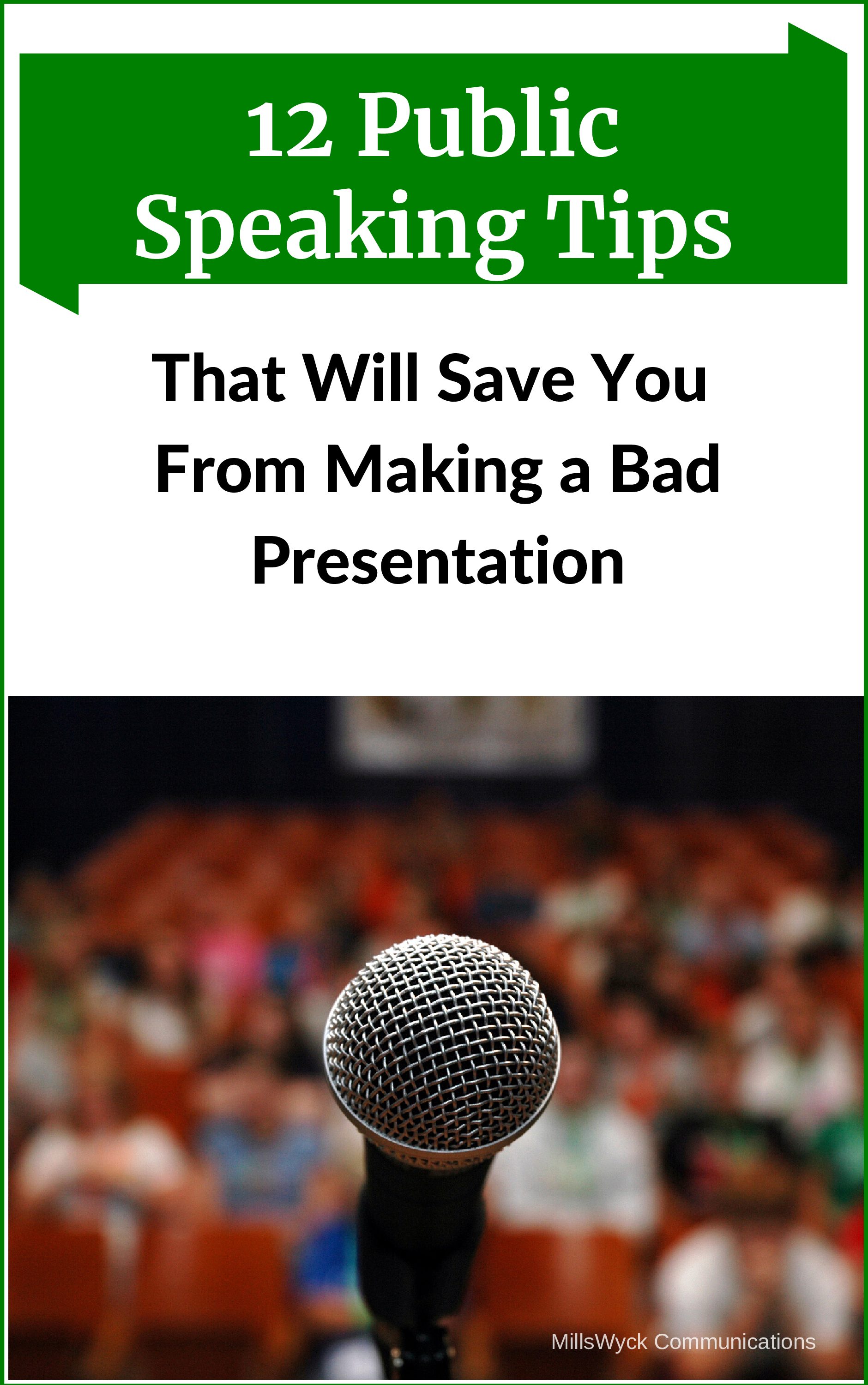Like much of the rest of the world, we’ve had to pivot our in-person business to a virtually-based business and training online. Unlike most of the rest of the world, we were already doing virtual coaching and training and had established best practices and methods that work online. Oh sure, we had lessons to learn as the queue of Zoom calls increased, but we were fortunate to have a system and some practice in place before we all were thrust into the world of Zoom and Teams and Meet and WebEx.
Here are four observations on the differences between coaching and training online and in person and what you must do to compensate for the change:
1. Audience attention is harder to keep, and stamina is noticeably less with training online
When we stand in front of a live audience, we can tell with a glance who is engaged and who is not. An attendee distracted by a phone is noticed. We teach (and practice), techniques such as moving, voice inflection, and rhetorical questions to bring those participants back. We can banter with small talk before a session begins to have a rapport before we ever officially begin. But online, it’s not that easy. First, it’s harder to tell who’s paying attention. The look on the audience’s face doesn’t change much when they are reading email or viewing your slides. An audience is much more hesitant to break in and ask questions. And some of them may not even turn their video on, even when asked. Where stories and lengthy detail might be tolerated in person, it becomes boring much more quickly online.
Be more interesting than a phone or an Inbox
2. Steady drips are better for retention than one-time events and retreats
Our business was built on the premise of getting away for a complete day or two and immersing participants in the material, with rigorous practice and a boot camp feel to our training. It worked. But as the number of Zoom calls in our lives piled up, we quickly realized that 8-hour training days online just weren’t effective. We’d label that as cruel and (sadly) usual punishment. Zoom fatigue is real. It takes more mental and emotional energy to stay attentive online. So we made a decision to limit our training sessions to two hours. Which means a program that is normally two full days (where calendars are cleared and we’re all in the same room together) are spread out over eight (or more) two-hour (or less) sessions. The good news: this steady drip (weekly, or more frequently) gives time for homework, processing, and practice. The bad news: someone else is always vying for that time and attrition is a real challenge. And not everyone does their homework. Overall, we’ve found shorter lessons more frequently are more effective than a long blast. The same is true for meetings. Those two-hour weekly check-ins just aren’t as meaningful online.
Find a way to shorten your online engagements
3. Strangers don’t connect online nearly as well
When we started our public workshops in December 2009, we weren’t completely convinced that they would work. We’d seen the power of our system work inside organizations, but the vulnerability and commitment to feedback was an untested entity with total strangers representing different groups and purposes. It’s a memory seared into my brain: when our first public workshop ended, the class participants hung around, exchanging business cards, talking about the connections they had made. They didn’t want to leave. We realized that we were doing more than just training speakers, we were creating a framework of trust and accountability.
As we have transitioned our public workshops online, we have not seen the same level of connection. While people still engage in the activities, there aren’t side conversations between people at tables, or lingering in the halls at break, or interruptions with questions about the details of their stories.
For every story about a chance meeting on the Internet that resulted in a lifelong friendship or marriage, there are a hundred about an in-person conversation that sparked the same outcome. Some things are just better done in person.
Don’t rely on an online connection to create a human connection
4. Coaching and practice isn’t as effective online
Much (most?) of our workshops was devoted to practice and real-time coaching of behaviors. We see tremendous participation and rapid change in that environment. But online, it’s much harder to break in and correct a behavior. Visual cues are not picked up on. Peer review and feedback is MUCH less, in volume, practicality, and directness. I imagine coaching basketball online. The players would have a hard time changing their behavior through a monitor and a sound feed. But we’ve not given up on our coaching model. We still believe in practice. We just rely on different methods – breakout rooms, ongoing homework, video review, self reflection – to get participants to change their behavior. We’ve found that the multiple sessions over time (point #2) allow for realizations and adoption that we may never see in a two-day intensive.
Find a way to engage offline to keep learning going
We still believe that in-person training is more fun and more effective than online events in almost every case. We pine for the days of a full classroom and packed auditoriums to speak to. But we also realize that our new world order dictates that we learn and pivot with the times. What worked live doesn’t necessarily work with a webcam.
What can you change in your online training, meetings, and sales calls to create effective results?
- Online Meeting Tips: 3 Easy and Inexpensive Tips for Improvement
- Virtual Communication: Three Tips for Online Success
- Free Download – Mastering the Online Meeting: A Practical Tips Guide for Success
Communication matters. What are you saying?
Want more speaking tips? Check out our Free Resources page.
We can also help you with your communication and speaking skills with our Workshops or Personal Coaching.
This article was published in the November edition of our monthly speaking tips email newsletter, Communication Matters. Have speaking tips like these delivered straight to your inbox every month. Sign up today to receive our newsletter and receive our FREE eBook, “Twelve Tips that will Save You from Making a Bad Presentation.” You can unsubscribe at any time.




